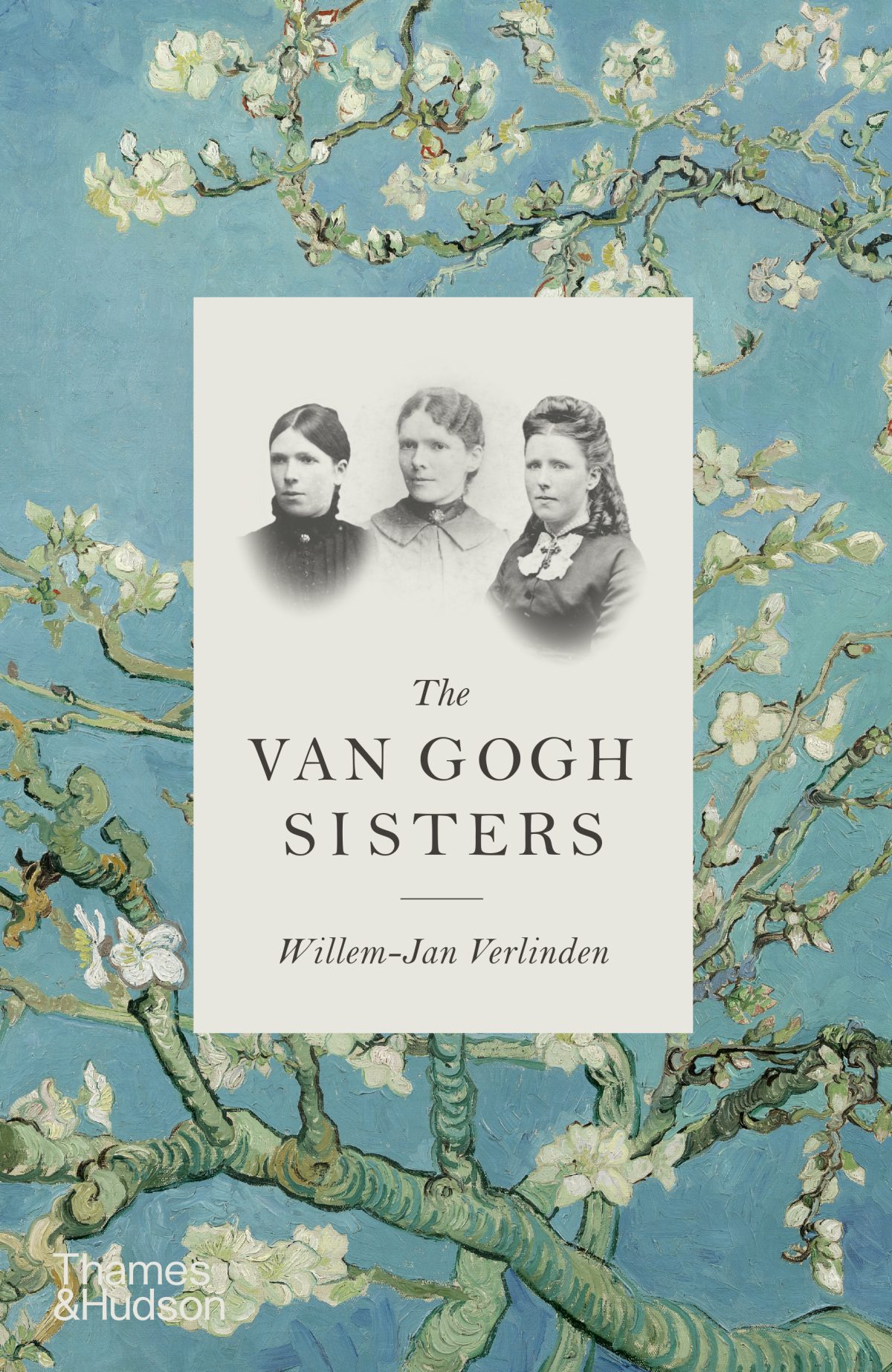
We might sometimes forget that major artists have had to exist as people, too, with all the trials and tribulations that might come before they reach fame. Take, for example, family dynamics. And in the van Gogh family, there were many of them.
Vincent van Gogh’s three sisters — Willemien (Wil), Elisabeth (Lies), and Anna van Gogh — are highlighted in the historical biography The Van Gogh Sisters by Willem-Jan Verlinden (Thames & Hudson). The book was originally published in Dutch in 2016; the English version, translated by Yvette Rosenberg and Brendan Monaghan, includes previously unpublished letters, largely the result of research completed after the Dutch version was first released.

Through letters between the siblings, we read that Lies was frustrated that women didn’t have more professional options that were socially acceptable. We learn about how Wil often copied Vincent’s drawings and was his favorite model, and that the two wrote to each other about art and literature and inquired about one another’s mental health. The book draws you in with stories about the siblings’ pursuits of jobs, love, and artistic curiosities, as well as lush portrayals of each family home.
But about 100 pages in, there’s still a lot of focus on Vincent and his two brothers, Theodorus (Theo) and Cornelis (Cor) van Gogh, as well as their father. The jacket copy describes the book as one that will “bring Vincent’s three sisters out from their brother’s shadows,” but also as a volume that “enhances our appreciation of their brother Vincent’s life and art.” These two statements summarize the duality of the book. While we do get more insight into the sisters’ lives, quite a few pages are dedicated to Vincent. The reproductions of art are largely his works. That’s clearly because there’s more of his art to share, yet it takes the reader out of the narrative about the sisters. (The book does include a watercolor piece by his mother, Anna Carbentus, also known as Moe van Gogh. She was an avid gardener and created pieces to capture the beauty of nature.)

But the sisters do lead fascinating lives. We learn that Wil has an interest in making her own art and writing. She explored flower arranging and wrote an article for the journal “The Dutch Lily” that was “an unconventional guide to flower arranging,” Verlinden writes (one line speaks of her love for “more loosely arranged flowers”). Vincent, for his part, wrote to Theo that maybe Wil could marry an artist; as much as he did love discussing the arts with her, it can be deduced that he didn’t exactly see her being a professional artist herself. She eventually focused her efforts on the National Exhibition of Women’s Labour, which was organized to shed light on women’s contributions to the economy, particularly through the production of goods. But Wil would also end up struggling with mental health. She spent more than three decades of her life at a psychiatric institution, where she passed away.

Lies wrote poetry and would go on to publish multiple books — including one centered on the life and work of Vincent. There’s also a fourth sister, of sorts, in the text. Johanna Gezina Bonger (Jo), Vincent’s sister-in-law, who helped organize exhibitions of his work after he died in 1890.
Ultimately, if you approach the book as a fan of Vincent van Gogh’s work, it will feel like a deeper dive into his place within the family, such as his struggles to prove himself as an artist to his parents and his complicated relationship with his sisters — an argument with Anna likely drove him from the family home in 1885 and he was disappointed that his other sisters, especially Wil, didn’t come to his defense. Overall, we get an interior look at the sisters’ challenges and desires that is compelling and intimate. But as with any under-highlighted history, we can only hope future research will tell us even more about them. And about everyone else’s sisters.

The Van Gogh Sisters by Willem-Jan Verlinden (2021) is published by Thames & Hudson and is available online.
0 Commentaires